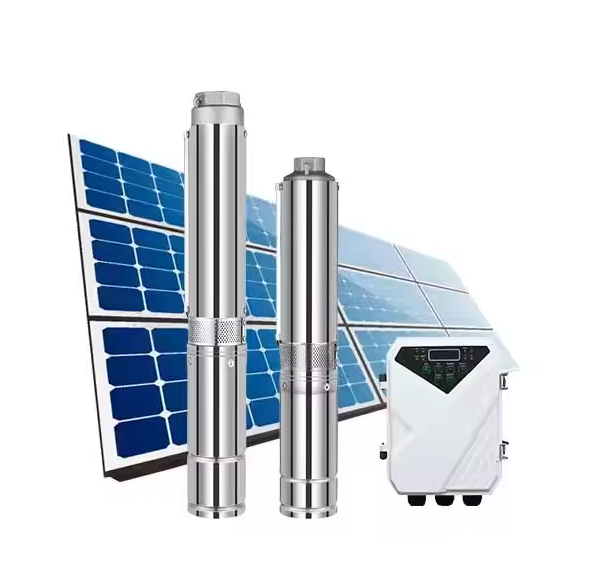How much water can a solar water pump pump per day? Is it related to the light intensity?
by
Struggling with inconsistent water supply? Solar water pumps offer a sustainable solution, but their output depends on key factors you need to understand.
A solar water pump's daily output ranges from 1,000 to 50,000 liters, directly tied to sunlight intensity. Stronger sunlight enables higher flow rates by providing more energy to the pump's motor.

Solar water pumps transform renewable energy into reliable water access, but their performance isn't one-size-fits-all. Let's explore what makes these systems tick and how to maximize their potential.
How powerful is a solar water pump in general, and how to choose the appropriate specifications?
Frustrated by pumps that underperform or drain your budget? Selecting the right solar pump requires balancing power needs with realistic solar capabilities.
Solar pumps range from 0.1HP (75W) for small households to 5HP (3.7kW) for agriculture. Key selection factors include: water demand, total head (vertical lift), and sunlight availability in your region.
Breaking Down Pump Specifications
-
Flow Rate Requirements
- Household use: 30-50 liters/person/day
- Livestock: 20-50 liters/animal/day
- Crop irrigation: 5-10 liters/square meter/day
-
Head Pressure Considerations Pump Type Max Head Best For Surface Pump 10m Shallow wells, ponds Submersible 200m Deep boreholes
Solar Array Sizing
A 1HP pump typically needs:
- 800W panels in full sun areas
- 1.2kW panels in moderate climates
Pro Tip: Always oversize your solar array by 20% to account for cloudy days and system inefficiencies.
What is the relationship between the size of the solar panel and the performance of the water pump?
Watching your pump slow down as clouds roll in? The solar panel-water pump connection is more dynamic than most realize.
Panel size directly determines pump runtime and power: 100W panels can support small pumps for 6 hours, while 3kW arrays run heavy-duty pumps continuously in good light.
The Energy Conversion Chain
-
Sunlight to Electricity
- Standard panels: 15-22% efficiency
- Premium panels: Up to 25% efficiency
-
Voltage Matching
- 12V systems for small pumps (<0.5HP)
- 24V/48V for commercial systems
-
Battery Backup Options
- Lead-acid: Affordable but shorter lifespan
- Lithium-ion: More expensive but 2-3x longer life
Real-world example: A Kenyan farm increased daily output by 40% after upgrading from 800W to 1.2kW panels while keeping the same 1.5HP pump.
In what scenarios can solar water pumps be used? (such as agricultural irrigation, household water supply, etc.)
Tired of expensive diesel pumps or unreliable grid power? Solar pumps shine in diverse applications where conventional solutions fail.
Solar pumps excel in remote irrigation, livestock watering, village water supply, and pond aeration. They're ideal for locations with 4+ daily sun hours and no grid access.
Application-Specific Solutions
1. Agricultural Irrigation
- Drip systems: 1-2HP pumps with 2-5m³/day flow
- Sprinklers: 3-5HP pumps with higher pressure needs
2. Domestic Water Systems
- Rooftop tanks: 0.5HP pumps sufficient for most homes
- Community wells: 2-3HP systems serving 50+ households
3. Livestock Management
- Automatic watering: Solar pumps with float valves
- Remote pasture solutions: Mobile systems with tracking panels
Case Study: A Rajasthan village reduced water collection time from 4 hours to 15 minutes daily after installing a 2HP solar pump with a 10,000-liter storage tank.
Conclusion
Solar water pumps deliver 1,000-50,000 liters daily, with performance peaking in strong sunlight. Proper sizing and application matching ensure reliable, cost-effective water access.
Popular Posts
You may also be interested in:



